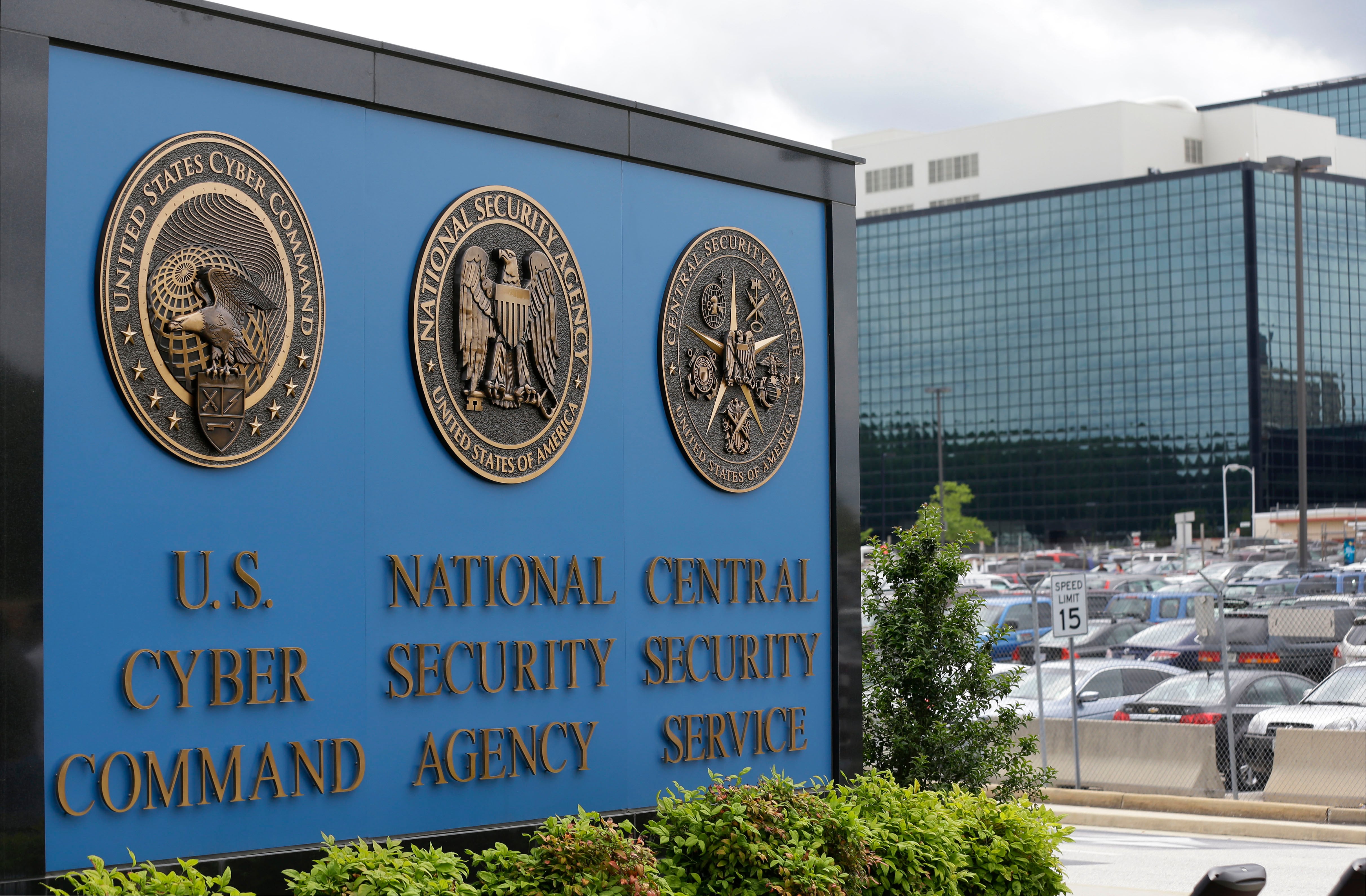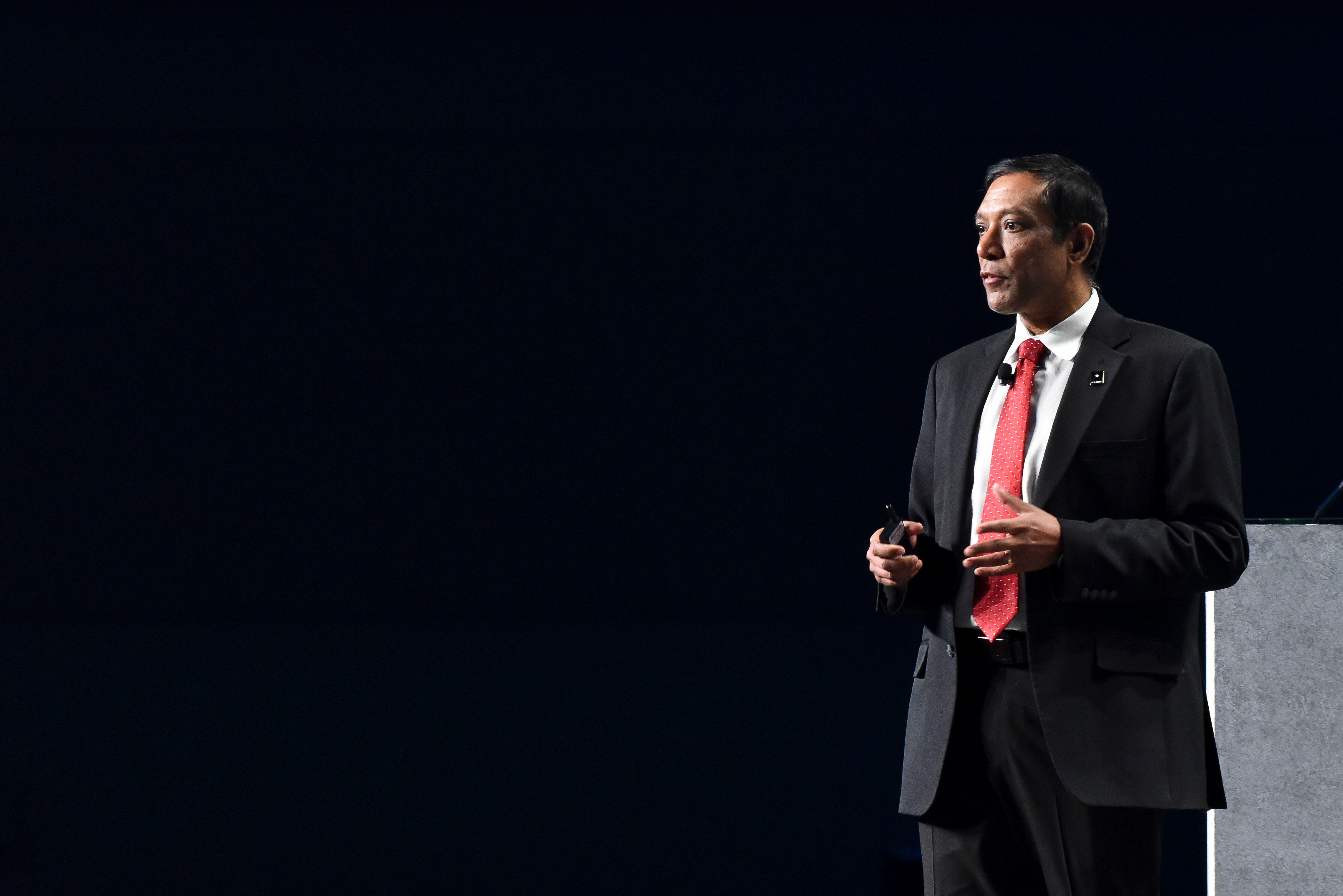WASHINGTON — The U.S. Army’s top civilian information technology official is stepping down a little more than two years after taking the post and promising dramatic digital change in the military’s largest service.
Chief Information Officer Raj Iyer announced his departure Jan. 4 on LinkedIn. Iyer’s exit will take several weeks, and no specific date is yet set, he told C4ISRNET and Army Times.
Further inquiries were directed to his office, which did not immediately respond. It’s not immediately clear who will succeed Iyer.
In his announcement on social media, Iyer, who previously worked at audit, advisory, tax and consulting services firm Deloitte, said he took the CIO gig in 2020 after reflecting on the lackluster state of Army IT. The Department of Defense is often criticized for moving far too slowly when compared with the agility of commercial companies.
RELATED

But the Army has made significant progress, Iyer wrote, and now is the time to return to industry. He didn’t specify where he’d be headed next.
“I set for myself a personal goal that I needed to work myself out of this job in 2 years,” Iyer said on LinkedIn, “and I would either be successful doing that or acknowledge defeat, but we were going to give it our very best shot.”
Iyer said that during his tenure the service elevated data centricity and digital fluency to be among its top priorities, unveiling a new data strategy in recent months.
“By every metric and standard that I held myself to accomplish,” he wrote, “my job as the Army’s first CIO is complete.”
The Army requested $16.6 billion in cyber and IT funding for fiscal 2023, as part of a $178 billion blueprint. Roughly $9.8 billion was meant for the service’s network, a modernization priority spearheaded by the Network Cross-Functional Team and the Program Executive Office for Command, Control and Communications-Tactical.
Iyer credited leaders of both organizations, among many others, with helping move the Army to a digital-first posture.
He also alluded to major steps the Army’s made under his watch on cloud technologies and commercial partnerships — such as with Starlink, tied to controversial billionaire Elon Musk — to ensure rapidly deployed troops had secure network access throughout Europe.

Iyer in a June conversation with reporters predicted success for cloud migration and uptake in the months to come; an Army colleague, Lt. Gen. John Morrison, deputy chief of staff, G-6, similarly painted it as a “year of action.” Since then, the Pentagon picked Amazon, Google, Microsoft and Oracle for its much-anticipated Joint Warfighting Cloud Capability, the $9 billion follow-up to the Joint Enterprise Defense Infrastructure fiasco.
Iyer’s office, however, has also faced a difficult battle to gain and exercise oversight on struggling IT modernization programs.
The Army faced a series of high-profile missteps in late 2021. A new education benefits platform’s failed launch, a significant delay for a human resources system, and questions over the licensing scheme for an email-and-collaboration suite put senior leaders on the defensive and led them to publicly commit to improving tech oversight.
Part of the problem, Iyer said in an October interview with Army Times, was that individual commands throughout the Army were negotiating and locally managing their own digital modernization efforts, which sometimes lacked the technical expertise necessary for requirements development and adequate supervision throughout contract performance.
His office introduced new mechanisms that required the G-6′s involvement in monitoring such projects, as well as new authorities that allow the Army to make awards to multiple tech companies so they can compete in the early stages of major contracts. The process will be similar to how the service manages some weapons development projects.
In at least one case, though, the changes came too late for efforts to be salvaged. The Army had to fire Deloitte, the contractor that bungled the education benefits system launch, and rebuild from scratch.
“We sent a strong message to software vendors, you are either our strategic partner or we will find others who want to be,” Iyer said Wednesday on LinkedIn, adding that industry was shown “this was not the old Army they are used to doing business with.”
“Serving the DoD must be a privilege for tech companies,” Iyer continued, “not one taken for granted.”
Colin Demarest was a reporter at C4ISRNET, where he covered military networks, cyber and IT. Colin had previously covered the Department of Energy and its National Nuclear Security Administration — namely Cold War cleanup and nuclear weapons development — for a daily newspaper in South Carolina. Colin is also an award-winning photographer.
Davis Winkie covers the Army for Military Times. He studied history at Vanderbilt and UNC-Chapel Hill, and served five years in the Army Guard. His investigations earned the Society of Professional Journalists' 2023 Sunshine Award and consecutive Military Reporters and Editors honors, among others. Davis was also a 2022 Livingston Awards finalist.








